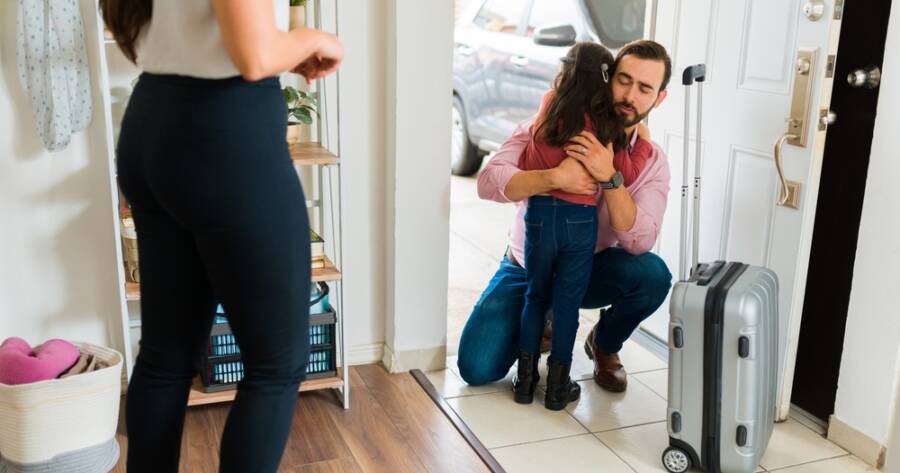Separation or divorce can be painful, but it doesn’t have to come at the cost of your child’s well-being. When co-parenting is approached with respect, cooperation, and a shared focus on what’s best for the kids, families can thrive, even across two households. It’s not always easy, but it is possible to create a calm, stable environment where your child feels secure, supported, and deeply loved by both parents.
Make a Child-Centered Mindset Your Foundation
The most important shift in co-parenting is moving from a focus on the past to a focus on the child’s present and future. Even when emotions run high, successful co-parents prioritize their child’s needs above personal grievances. Every decision (from school choices to holiday plans) should start with one question: “What’s best for our child?”
Children thrive when they feel stability, love, and support from both parents. They don’t need you to be perfect, they need you to be united in your love for them. Keeping this mindset front and center helps you navigate tough conversations and disagreements with clarity and compassion, always bringing the focus back to what matters most: your child’s well-being.
Communicate Respectfully and Consistently
Effective communication is key to any co-parenting relationship. Set clear expectations for how you’ll share information about your child’s schedule, needs, and well-being. Whether it’s via text, email, or a co-parenting app, choose a method that keeps things organized and respectful.
Stick to facts, avoid emotionally charged language, and stay solution-focused. Even if the relationship didn’t end peacefully, your communication going forward can be calm and constructive. When your child sees their parents working together respectfully, it sets a powerful example and eases anxiety about the changes in their world.
Create a Clear and Flexible Parenting Plan
A solid parenting plan is essential to reducing conflict and confusion. Outline key logistics like custody schedules, school responsibilities, and holiday arrangements. Having a written agreement gives both parents clarity and minimizes misunderstandings, especially during times of change.
At the same time, life happens. Kids get sick, events pop up, and flexibility is necessary. The best co-parenting plans are structured but adaptable. When both parents approach changes with a spirit of cooperation rather than control, it shows your child that their family—even if divided—can still work as a team.
Keep Kids Out of the Middle
Children should never be messengers, referees, or sounding boards for adult conflict. Avoid putting them in the uncomfortable position of choosing sides, relaying messages, or overhearing arguments. Kids should feel free to love both parents without guilt or pressure.
If you’re upset or frustrated with your co-parent, process those emotions privately or with a trusted friend or therapist. Protecting your child’s emotional space gives them the freedom to just be a kid and that’s one of the most loving things you can do during this transition.
Support Each Other’s Role and Time
It can be hard to see your child bond with someone who’s no longer your partner but it’s important to honor the relationship they have with their other parent. Speak positively about them in front of your child, support their time together, and encourage open conversations about both households.
Kids benefit from having strong, healthy relationships with both parents. When they see you respecting and supporting that connection, it eases their stress and reinforces emotional security. Co-parenting isn’t about winning or losing, it’s about creating a safe, balanced environment where your child can thrive in both homes.
Focus on Long-Term Cooperation
Co-parenting isn’t just about managing the present, it’s about laying the groundwork for years of teamwork. There will be graduations, birthdays, school events, and milestones that both of you will share. Building a respectful, functional relationship now creates a smoother path for those future moments.
Start thinking of yourselves as co-leaders in your child’s life. You don’t have to be best friends—you just need to be reliable, consistent, and supportive. A long-term mindset encourages less defensiveness, more collaboration, and a clearer sense of purpose that benefits everyone involved.
Two Homes, One Loving Family
Co-parenting isn’t always easy, but it’s always worth the effort. When you put your child’s needs above personal conflict, you create a loving, stable environment where they can grow and feel secure, even across two households.
With open communication, mutual respect, and a shared commitment to putting your child first, you can build a new kind of family, one rooted in love, balance, and cooperation. It’s not about where your child lives, it’s about how they’re loved.

